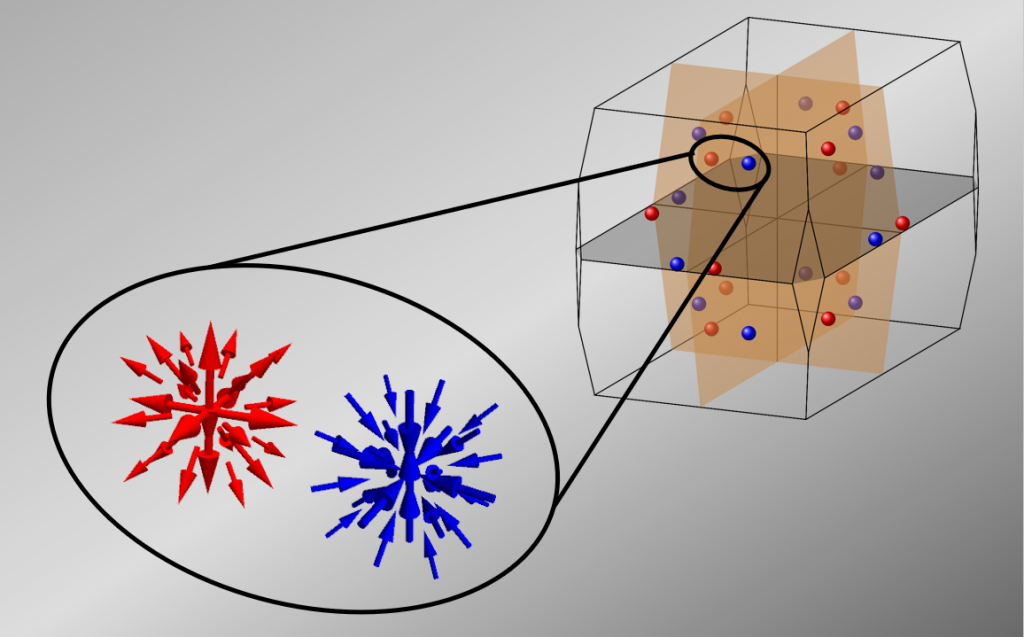Light-induced current in Weyl semi-metals
Supervisor(s): Prof. Dr. Kenneth Burch
University: Boston College (USA), University of Regensburg
Type: Research-oriented Project
Keywoards: Experimental Project, External, Light-Matter Interaction, Solid state
Weyl semi-metals: materials with peculiar electronic properties
For many areas of industry and everyday life the effective transformation of light for the generation of electric current is of high importance – among others for the harvesting of clean energy, image-acquisition techniques in different areas, communication technology, as well as biological and chemical detectors.
During my stay a Boston College, I investigated electric currents induced in Weyl semi-metals by polarized laser light. This new class of materials features special properties that enable a particularly efficient conversion of light in electric current.
The special properties of Weyl lie in their unconventional electronic structure, which displays Weyl nodes. Weyl nodes feature spin-momentum locking, i.e., a fixed relation between the directions of the electrons spin and motion. They are either parallel or anti-parallel. This is an example of a topological property of the material, which requires an inversion asymmetry of the crystal structure. Graphene is another example of a topological material. In contrast to graphene, the so far little investigated Weyl metals are three-dimensional.
Efficient current generation by harvesting light
The spin-momentum locking can be exploited to convert light into an electric current. The incident polarized light excites electron across the Weyl nodes. Because of the conservation of angular momentum, the polarized light can excite electron with one direction of motion only – a property called helicity. The inversion-asymmetry in combination with the topology thus enables a nearly ideal efficiency for generating electric currents. When compared to other materials, this mechanism works fast and efficient in a broad spectral range.
During the project, Laura Diebel has measured light-induced currents in the Weyl semi-metal TaSe at room temperature. The main emphasis was on the dependence of the photo-induced current on the polarization of the laser light with respect to the crystal direction. She conducted further experiments in order to distinguish the mechanism behind the measured photo-current from, e.g., thermal effects. The data and understanding acquired during the project are part of a publication showing that the Glass coefficient, measuring the efficiency of the light harvesting, for TaSe is particularly large in the mid-infrared regime, when compared to other materials.

Publication:
G.B. Osterhoudt, L.K. Diebel et al., Nature Materials 18, 471 (2019)